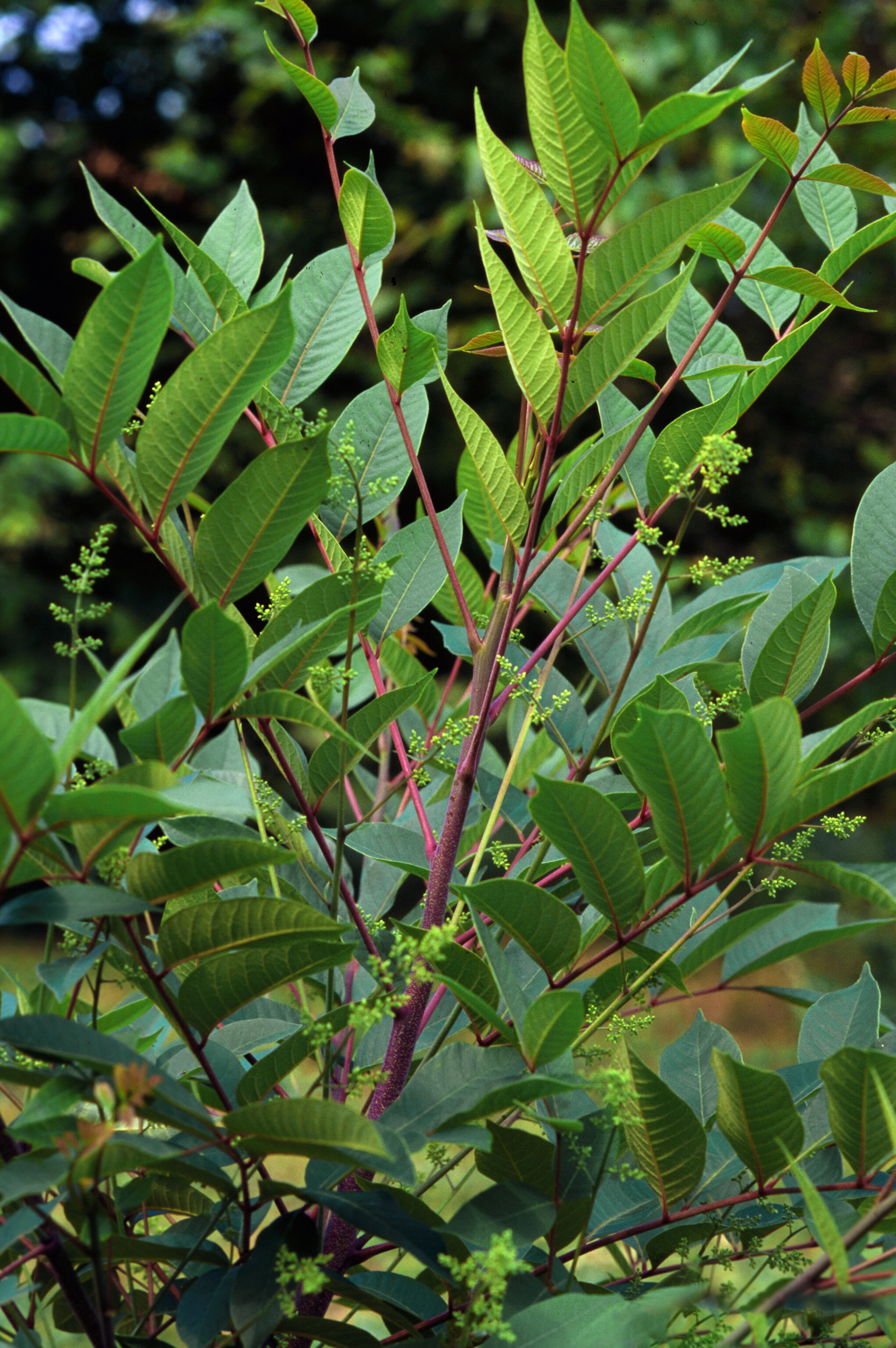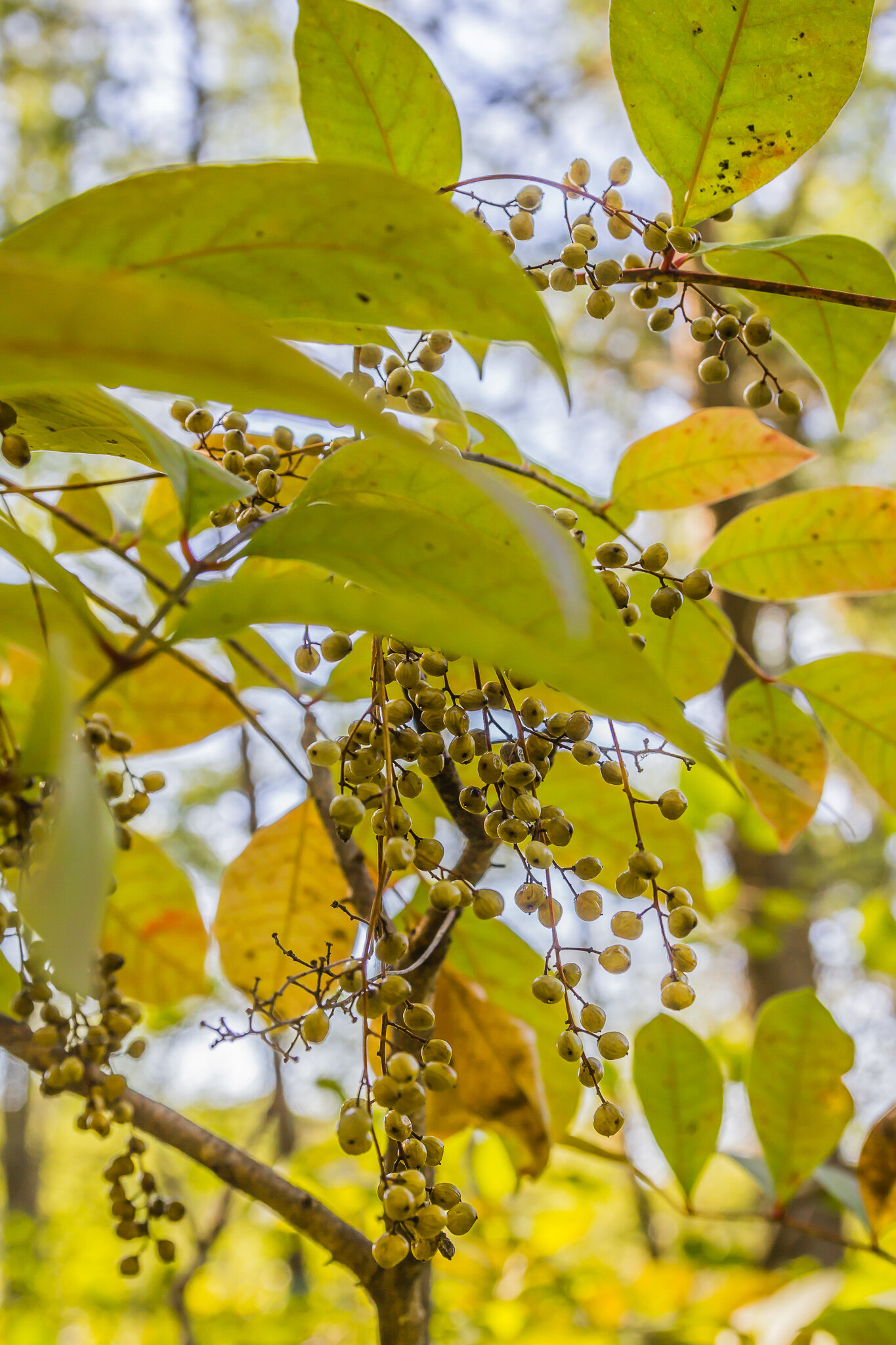Photo by JH Miller and KV Miller licensed by CC BY-NC-SA 3.0
Poison sumac (Toxicodendron vernix). The very name is enough to send chills down the spine. At least where I live, this small tree is a bit of a unicorn, often heard of but never seen. That is, unless you know where to look.
A denizen of high quality wetlands, this species is not often encountered by your average hiker. It has a rather spotty distribution in eastern North America as well. I have heard it been said that the best way to find a poison sumac tree is to trip and fall in a bog. The first branch you grab onto will be that of a poison sumac.
Photo by Freekee licensed by CC0 1.0
All jokes aside, coming across one in the wild can be fun. They are a beautiful tree. A member of the family Anacardiaceae, it resembles North America's other sumacs (Rhus sp.), which often gives those innocuous trees a bad reputation. Like its other cousin, poison ivy (Toxicodendron radicans), poison sumac does produce urushiol. Interestingly enough, humans are said to be one of only a small handful of mammals that are susceptible to this compound. The reaction we have to it is not an inherent property of urushiol. Its effects on humans are the result of an allergic reaction. It is said that poison sumac can produce a much harsher reaction than poison ivy. I am one of the lucky ones who does not seem to be allergic to it, which is good news for me as my first encounter with this plant involved most of my face.
Poison sumac fruits are an easy way to tell this tree apart from other sumacs because they produce white-ish fruits, rather than red. Photo by Brett Whaley licensed by CC BY-NC 2.0
Also like poison ivy, poison sumac produces nutritious fruits that birds are particularly fond of. Migratory song birds, especially those that live and breed in wetlands, are the main seed dispersal agents for this species. All in all, the ecological value of species like poison sumac far outweigh the anxieties we feel about them. It is important not to live in fear of species like this. With a little attention to detail, contact can be avoided. Moreover, because it lives in high quality wetlands, the odds of the average person coming into contact with this tree are relatively small compared to other plants. I can only speak highly of a species like this. I just wish we had more high quality wetlands around where they could grow.
Further Reading: [1]


